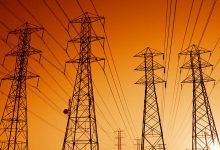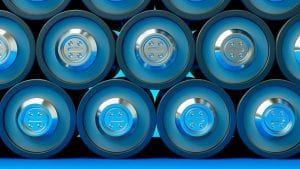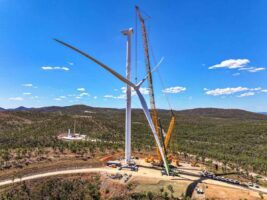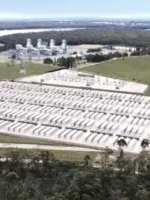The federal government has injected another $8.6 billion into the Clean Energy Finance Corp (CEFC) to spend on its Rewiring the Nation projects.
The CEFC is leading the financial aspects of the program and says the cash is the first extra funding it’s ever received from the government in its decade-long life.
“This new capital allocation is a welcome endorsement by the Government of our impact over the past decade, acknowledging our investment expertise and careful stewardship of taxpayers’ money,” said CEFC CEO Ian Learmonth in a statement.
“As Australia steps up its ambitions to decarbonise, the CEFC will help deliver a 21st century electricity grid, powered by clean energy and supported by the nation-building infrastructure that will enable it to thrive in the low emissions future economy.”
As the government’s clean energy investment arm, the CEFC invested $10.76 billion during its first 10 years into 265 large-scale projects. Learmonth says the CEFC has some $4.57 billion available to spend today, in addition to ongoing returns and the new funding.
The organisation says its investments spurred another $37 billion across the economy and attracted $2.42 in private sector capital for every $1 CEFC invested. Since inception, some $3.3 billion of capital has been returned or repaid to the CEFC.
The $20 billion Rewiring the Nation program is to upgrade Australia’s energy grid. Last week the federal government made its first promises to fund, via the CEFC, a multi-billion dollar package to support offshore wind in Victoria, pumped hydro in Tasmania, two major transmission links and new renewable energy zones.
Other CEFC investments in grid infrastructure totalled $580 million and are in the NSW-South Australia EnergyConnect transmission line, the Southern Downs Renewable Energy Zone which connects Queensland clean energy assets to the National Electricity Market (NEM), and Snowy Hydro 2.0.
Not everyone is convinced, however.
Victoria Energy Policy Centre head Bruce Mountain has been vocal saying the benefits of some of the program’s projects — the Marinus Link from Tasmania and the VN1 West interconnector from Victoria to NSW — don’t stack up.










